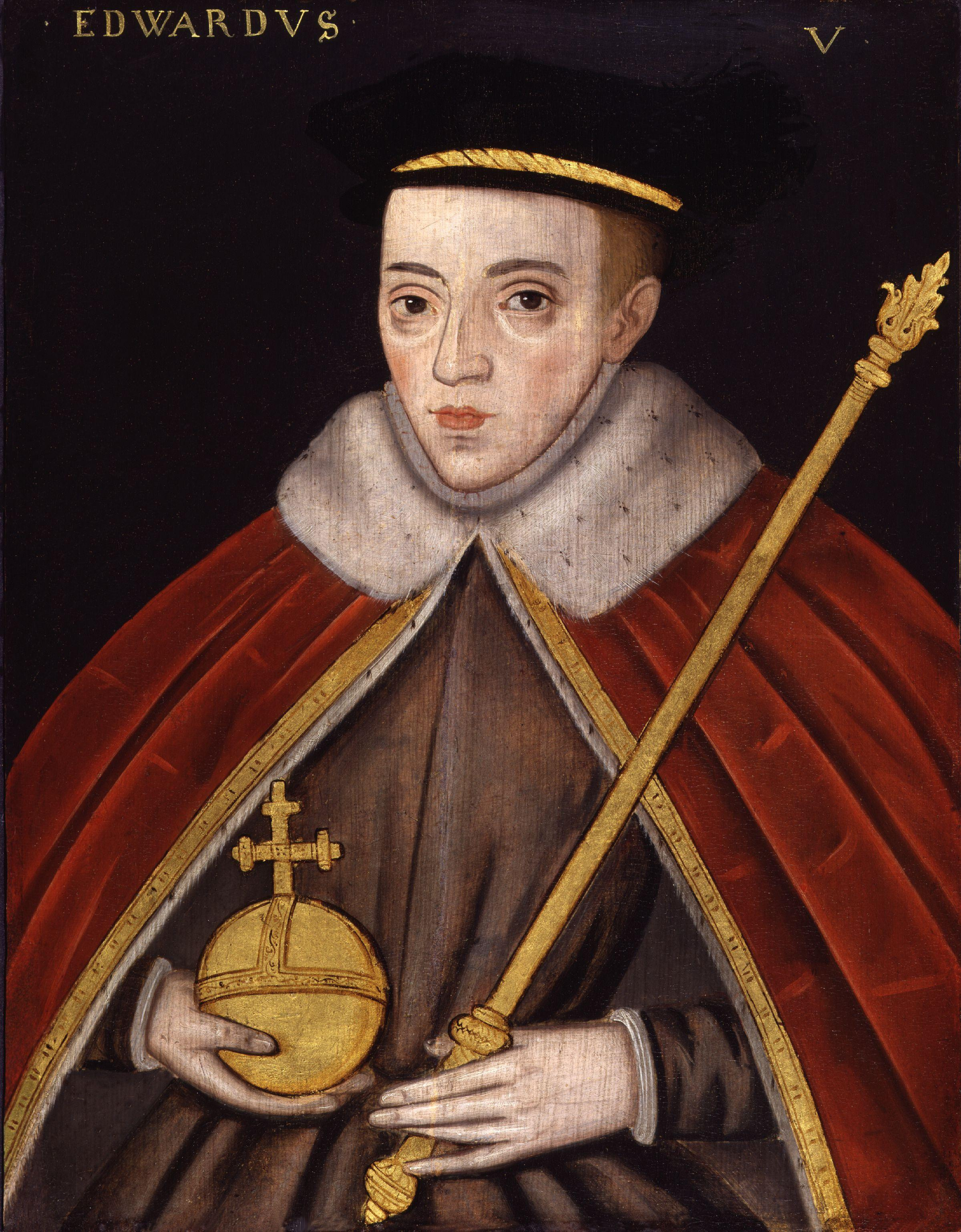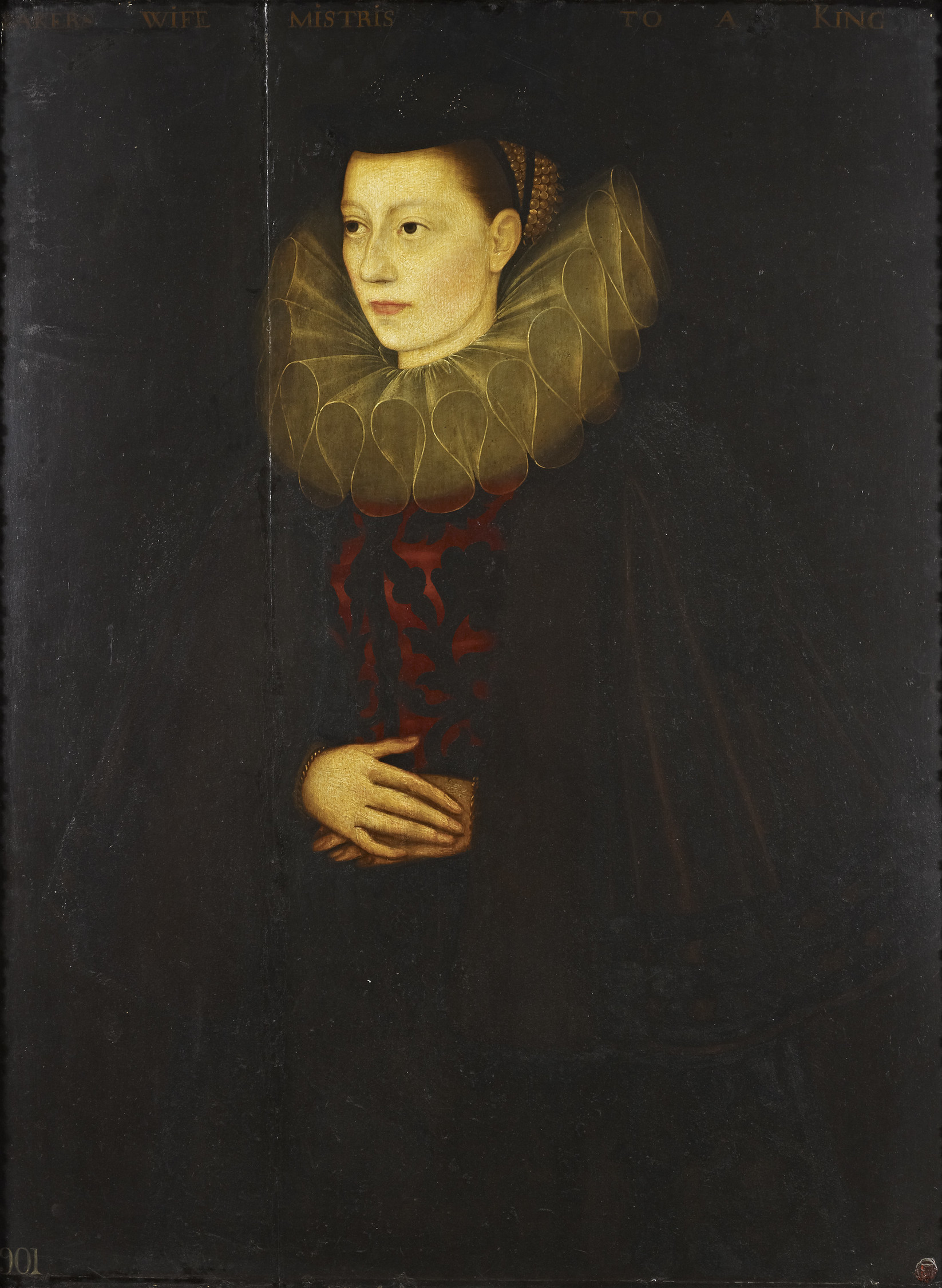|
St Paul's Cross
Paul's Cross (alternatively "Powles Crosse") was a preaching cross and open-air pulpit in St Paul's Churchyard, the grounds of Old St Paul's Cathedral, City of London. It was the most important public pulpit in Tudor and early Stuart England, and many of the most important statements on the political and religious changes brought by the Reformation were made public from here. The pulpit stood in 'the Cross yard', the open space on the north-east side of St Paul's Churchyard, adjacent to the row of buildings that would become the home of London's publishing and book-selling trade. A monumental memorial column called "Paul's Cross" with a golden statue of St Paul stands in this area of the Cathedral precinct since the early 20th century, but it is not on the exact spot where Paul's Cross stood. A stone carved with the words 'Here stood Paul's Cross' marks the actual location of the pulpit as it stood from 1449 until 1635, when it was taken down during Inigo Jones' renovation w ... [...More Info...] [...Related Items...] OR: [Wikipedia] [Google] [Baidu] |
Bishop Of St Asaph
The Bishop of St Asaph heads the Church in Wales diocese of St Asaph. The diocese covers the counties of Conwy county borough, Conwy and Flintshire, Wrexham county borough, the eastern part of Merioneth in Gwynedd and part of northern Powys. The cathedra, Episcopal seat is located in the St Asaph Cathedral, Cathedral Church of St Asaph in the city of St Asaph in Denbighshire, north Wales. The Bishop's residence is Esgobty, St Asaph. The current bishop is Gregory Cameron, who was elected on 5 January and consecrated on 4 April 2009. He became Bishop of St Asaph in succession to John Davies (bishop of St Asaph), John Davies, who was consecrated in October 1999 and who retired in 2008. Early times This diocese was supposedly founded by St Kentigern (Cyndeyrn) about the middle of the 6th century, although this is unlikely. The date often given is 583. Exiled from his Episcopal see, see in Scotland, Kentigern is said to have founded a monastery called Llanelwy – which is the Welsh n ... [...More Info...] [...Related Items...] OR: [Wikipedia] [Google] [Baidu] |
Princes In The Tower
The Princes in the Tower refers to the mystery of the fate of the deposed King Edward V of England and his younger brother Prince Richard of Shrewsbury, Duke of York, heirs to the throne of King Edward IV of England. The brothers were the only sons of the king by his queen, Elizabeth Woodville, living at the time of their father's death in 1483. Aged 12 and 9 years old, respectively, they were lodged in the Tower of London by their paternal uncle and England's regent, Richard III of England, Richard, Duke of Gloucester, in preparation for Edward V's forthcoming Coronation of the British monarch, coronation. Before the young king's coronation, however, he and his brother were declared illegitimate by Parliament. Gloucester ascended the throne as Richard III of England, Richard III.Tim Thornton"More on a Murder: The Deaths of the 'Princes in the Tower', and Historiographical Implications for the Regimes of Henry VII and Henry VIII."''History'' 106.369 (2021): 4–25. It is uncle ... [...More Info...] [...Related Items...] OR: [Wikipedia] [Google] [Baidu] |
Edward V Of England
Edward V (2 November 1470 – ) was King of England from 9 April to 25 June 1483. He succeeded his father, Edward IV, upon the latter's death. Edward V was never crowned, and his brief reign was dominated by the influence of his uncle and Lord Protector, the Duke of Gloucester, who deposed him to reign as King Richard III; this was confirmed by the ''Titulus Regius'', an Act of Parliament which denounced any further claims through Edward IV's heirs by delegitimising Edward V and all of his siblings. This was later repealed by Henry VII, who subsequently married Elizabeth of York, Edward V's eldest sister. Edward V and his younger brother, Richard of Shrewsbury, are known as the Princes in the Tower. They disappeared after being sent to heavily guarded royal lodgings in the Tower of London. Responsibility for their disappearance (and presumed deaths) is widely attributed to Richard III, who sent them to the Tower, but the lack of conclusive evidence and conflicting contempora ... [...More Info...] [...Related Items...] OR: [Wikipedia] [Google] [Baidu] |
Richard III Of England
Richard III (2 October 1452 – 22 August 1485) was King of England from 26 June 1483 until his death in 1485. He was the last king of the Plantagenet dynasty and its cadet branch the House of York. His defeat and death at the Battle of Bosworth Field marked the end of the Middle Ages in England. Richard was created Duke of Gloucester in 1461 after the accession to the throne of his older brother Edward IV. This was during the period known as the Wars of the Roses, an era when two branches of the royal family contested the throne; Edward and Richard were Yorkists, and their side of the family faced off against their Lancastrian cousins. In 1472, Richard married Anne Neville, daughter of Richard Neville, 16th Earl of Warwick, and widow of Edward of Westminster, son of Henry VI. He governed northern England during Edward's reign, and played a role in the invasion of Scotland in 1482. When Edward IV died in April 1483, Richard was named Lord Protector of the realm for Ed ... [...More Info...] [...Related Items...] OR: [Wikipedia] [Google] [Baidu] |
Edward IV Of England
Edward IV (28 April 1442 – 9 April 1483) was King of England from 4 March 1461 to 3 October 1470, then again from 11 April 1471 until his death in 1483. He was a central figure in the Wars of the Roses, a series of civil wars in England fought between the Yorkist and Lancastrian factions between 1455 and 1487. Edward inherited the Yorkist claim to the throne at the age of eighteen when his father, Richard, Duke of York, was killed at the Battle of Wakefield in December 1460. After defeating Lancastrian armies at Mortimer's Cross and Towton in early 1461, he deposed King Henry VI and took the throne. His marriage to Elizabeth Woodville in 1464 led to conflict with his chief advisor, Richard Neville, Earl of Warwick, known as the "Kingmaker". In 1470, a revolt led by Warwick and Edward's brother George, Duke of Clarence, briefly re-installed Henry VI. Edward fled to Flanders, where he gathered support and invaded England in March 1471; after victories at the ba ... [...More Info...] [...Related Items...] OR: [Wikipedia] [Google] [Baidu] |
Jane Shore
Elizabeth "Jane" Shore (née Lambert; 1445 – c. 1527) was one of the many mistresses of King Edward IV of England. She became the best known in history by being later accused of conspiracy by the future King Richard III and compelled to do public penance. She was also a sometime mistress of other noblemen, including Edward's stepson, Thomas Grey, 1st Marquess of Dorset, and William Hastings, 1st Baron Hastings, but ended her life in bourgeois respectability. Early life and first marriage Born in London in about 1445, Elizabeth Lambert was the daughter of a prosperous merchant, John Lambert (d. 1487), and his wife Amy (d. 1488), the daughter of a London grocer named Robert Marshall. The name "Jane", which has sometimes been attached to her, was the invention of a 17th-century playwright (Thomas Heywood, Heywood), because during the course of the sixteenth century, her real first name was omitted, then forgotten by authors. Spending time in her father's shop at a young age m ... [...More Info...] [...Related Items...] OR: [Wikipedia] [Google] [Baidu] |




